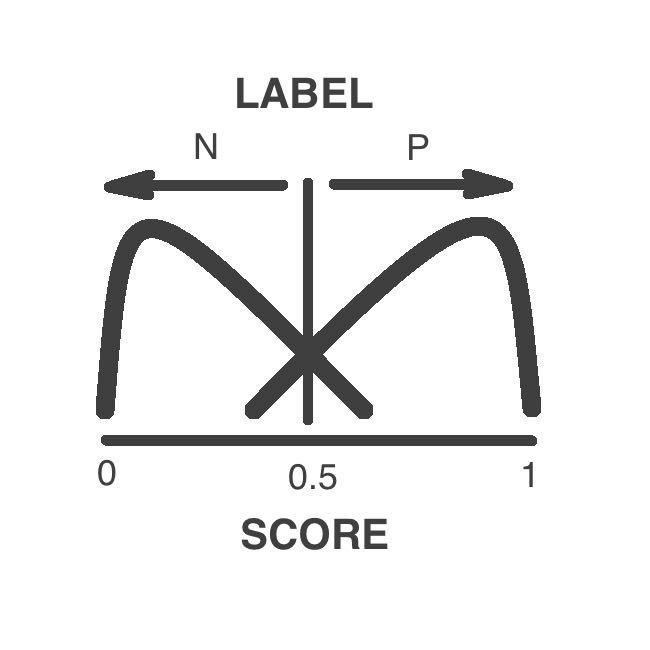What is ATMision?
ATMision is a tool for the interpretation of missense variants of ATM from the Clinical and Translational Bioinformatics research group at Vall d'Hebron Institute of Research.
How can I analyze my variant?
If you want to visually compare your variant(s) with other pathogenic/benign variants, you can go to Variant representation page. If you want to know its classification according to either version of the ATM-adapted ACMG/AMP criteria for in silico evidence, or other predictors, you can visit Variant prediction page. In both cases you can submit your variant(s) to the corresponding page indicating the native amino acid, the residue and the mutated amino acid. Afterwards, you will be redirect to the results page.
Why is my variant not accepted?
We map your variant to the canonical isoform of the protein provided by UniProt (UniProt Consortium, 2023). This isoform corresponds to the MANE select transcript which has the identifiers NM_000051 and ENST00000675843. If the native amino acid of your variant does not match the native amino acid in the canonical isoform, the program will raise an error message. This may happen if your sequence is based on another isoform of UniProt, NCBI or Ensembl.
What information we provide for a pathogenicity prediction?
We provide:
Label: the variant is classified as pathogenic or neutral.
Reliability: a measure of how accurate is the prediction. It varies between 0 (highly unreliable) and 1 (highly reliable). It is graphically represented using a combination of filled and empty circles: the more filled circles, the more reliable the prediction is.

What is the meaning of the Summary plot and the Input features histograms?
Each figure shows, for a given property (Input features) or combination of properties (Summary plot), how your variant compares to pathogenic or benign variants.
Can I download all the predictions for my protein?
Yes, you can download all the pre-calculated predictions here. The file is in csv format and has the following columns:
| # | Field | Description |
|---|---|---|
| 1 | Gene | HGNC official gene symbol |
| 2 | Protein | Uniprot accession number |
| 3 | Variant | Missense variant from the canonical isoform |
| 4 | Prediction | Predicted functional consequence of the variant |
Is there any additional information provided with the pathogenicity prediction?
Apart from the graphical representations and the pathogenicity predictions, we also provide information about different aspects of the variant.
Prediction: prediction of the functional consequence of the variant along with its score and reliability.
Other Predictors: functional consequence of the variant predicted by other standard tools such as PON-P2, PolyPhen-2, SIFT and CADD predictors.
Variant Annotation: the clinical evidence, biological relevance, population allele frequency and other information about your variant from several databases such as ClinVar, UniProt, dbSNP and ExAC.
Biomedical Information: links to several resources about the disease (DECIPHER, HPO, GeneReview, Malacards, MedGen, OMIM and Orphanet databases), the protein (UniProt database), the tridimensional structure (PDB database), the protein-protein interactions (STRING database), the metabolic pathways (REACTOME database), and the gene (Ensembl, GeneCards, HGNC and NCBI databases).
Protein Plot: distribution of several features along the protein such as pathogenic and neutral variants, biological relevant residues, functional domains and gene exons.